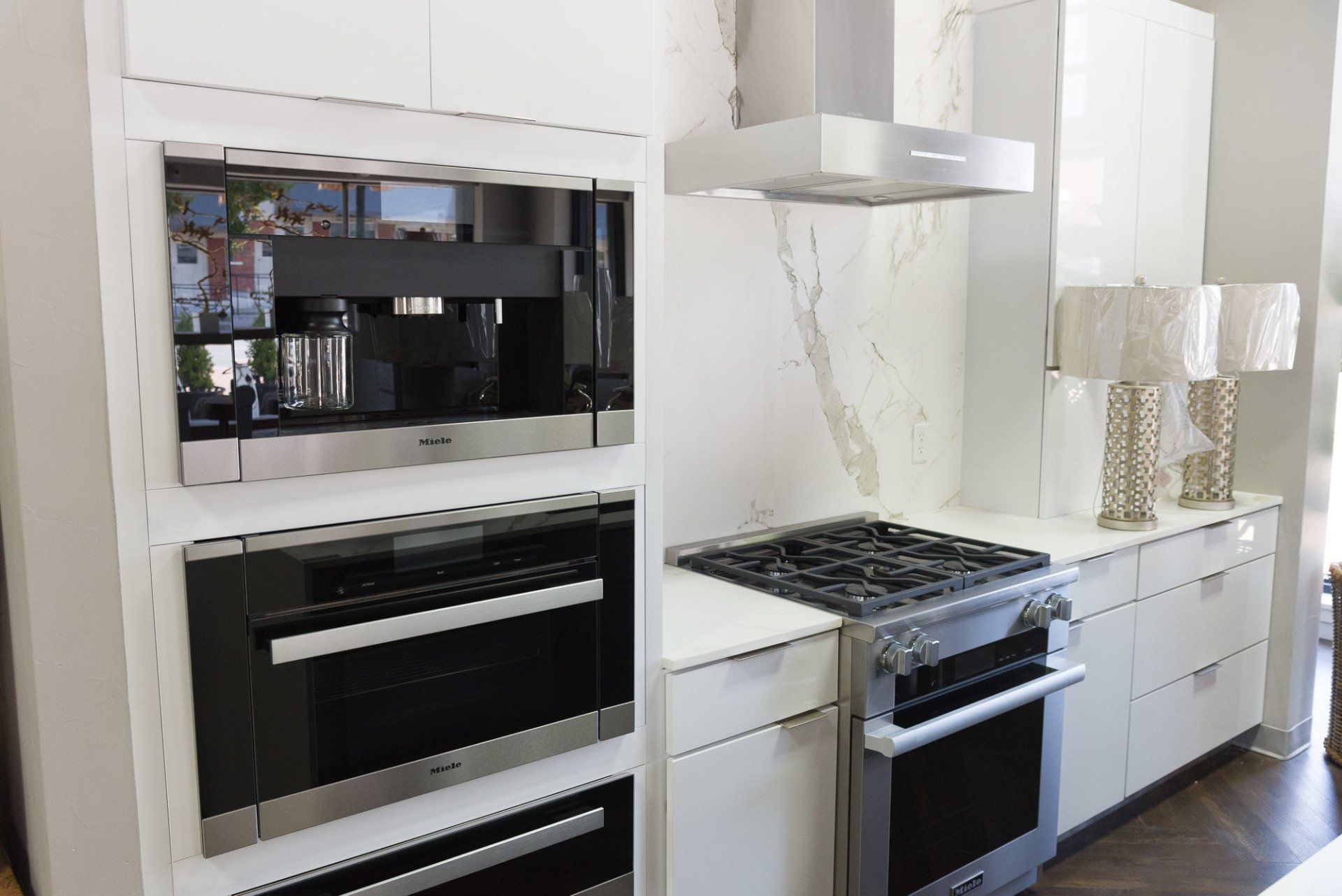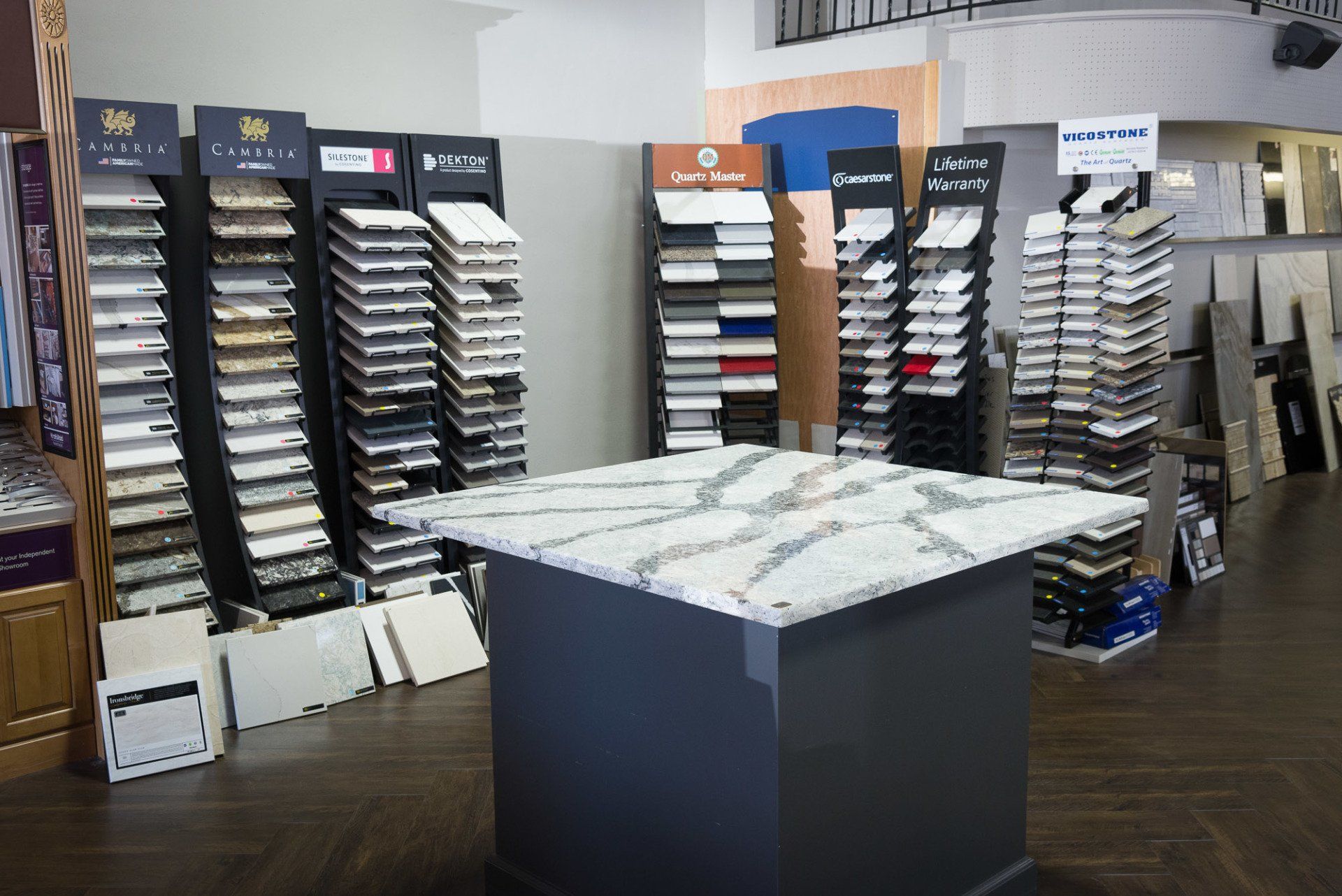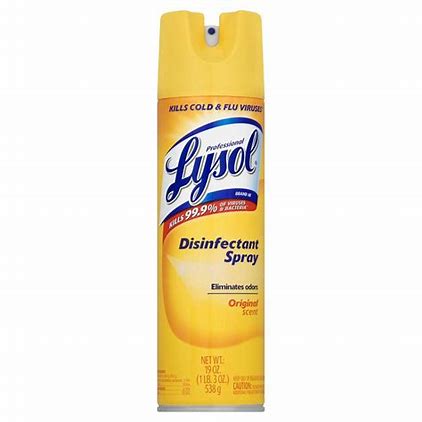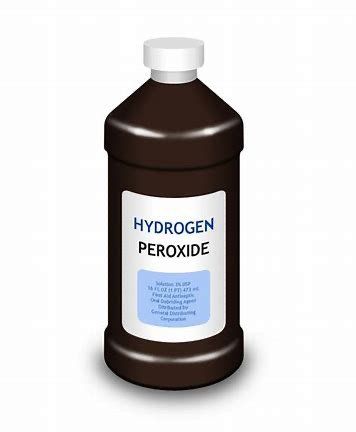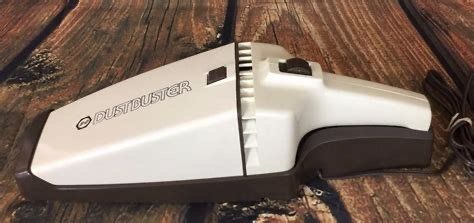Why Popcorn Ceilings Are Pretty Great!
Popcorn Ceilings

Popcorn ceilings—formally known as acoustic ceilings and sometimes appetizingly referred to as cottage cheese—have gotten a bad rap over the years. Just Google "popcorn ceilings" you'll be inundated with a slew of tutorials on how to remove them. That being said, this spray-on textured treatment was the standard in most homes for decades, and couldn't help but wonder why.
Why are Popcorn Ceilings Even a Thing?
Here's the short answer: Popcorn ceilings camouflage a multitude of sins. If you know anything about building a house, you know that finishing a dry-walled ceiling is an art form. In layman's terms, once a ceiling is constructed, dry wall seams are covered with paper or fiberglass tape and then covered over with joint compound ("mud"). Once dry, more layers of mud coat are thinly applied and sanded until the surface is flawless. Taping and mudding, as the process is referred to, requires skill and can result in uneven ceilings, sagging seams, and visible nail dimples. If you are DIYing the work yourself, or are on a tight budget, spraying this highly textured finish on your ceiling is a cheap and quick way to hide imperfections.
Plus, as their "acoustic ceiling" nickname suggests, popcorn ceilings also cut down on sound, which is attractive in high-traffic hallways and entryways—not to mention rooms with high ceilings that echo.
But Wait, What About Asbestos?
I know what you're all thinking: asbestos. Synonymous with popcorn ceilings, this naturally occurring silicate mineral was used in early formulations of the ceiling treatment until it was banned by the Clean Air Act in 1978. Oddly enough, the EPA advises against removing asbestos-bearing ceilings , stating, "Asbestos-containing materials that aren't damaged or disturbed are not likely to pose a health risk. Usually the best thing is to leave asbestos-containing material alone if it is in good condition." After 1978, paper-based and styrofoam materials were used in place of asbestos. So, if you currently have a popcorn ceiling, and it's in okay shape, you're safe.
So, Why Do We Hate Them So Much?

